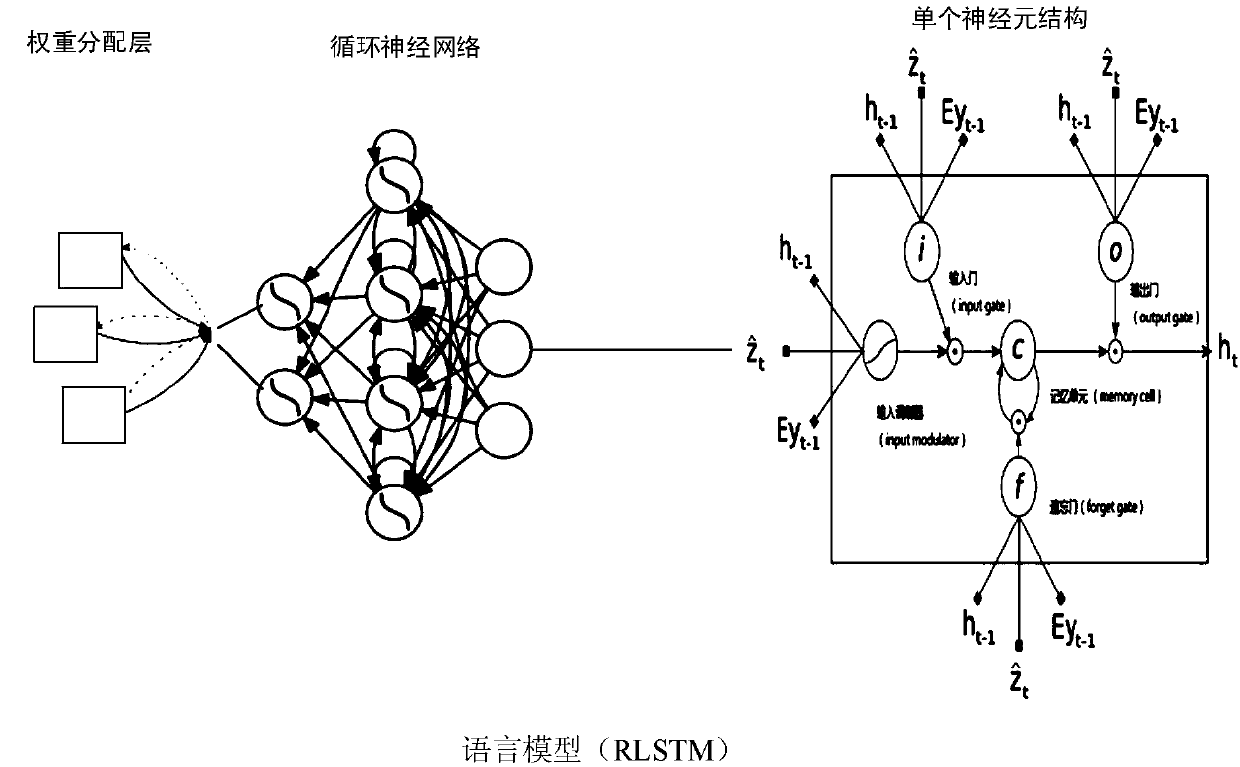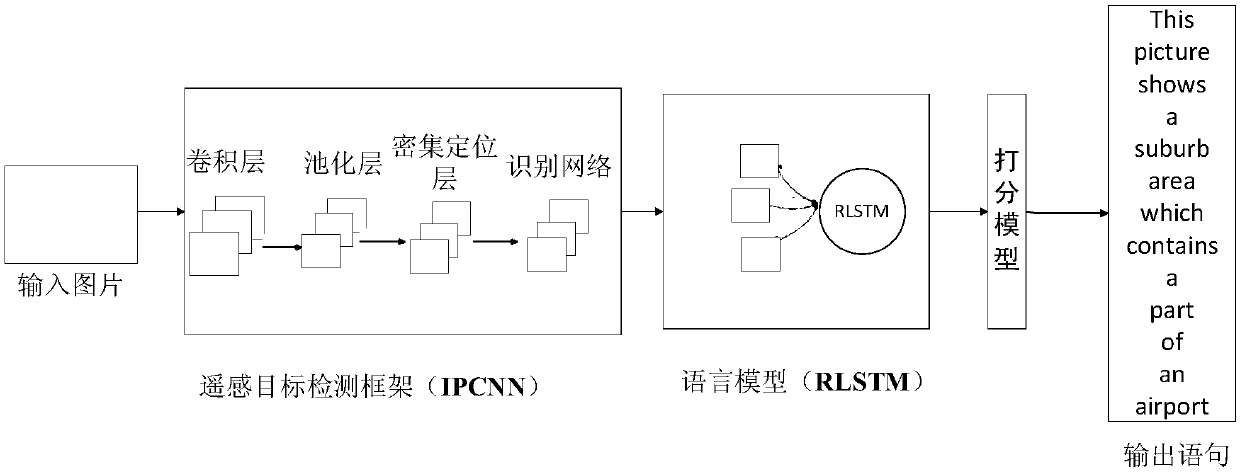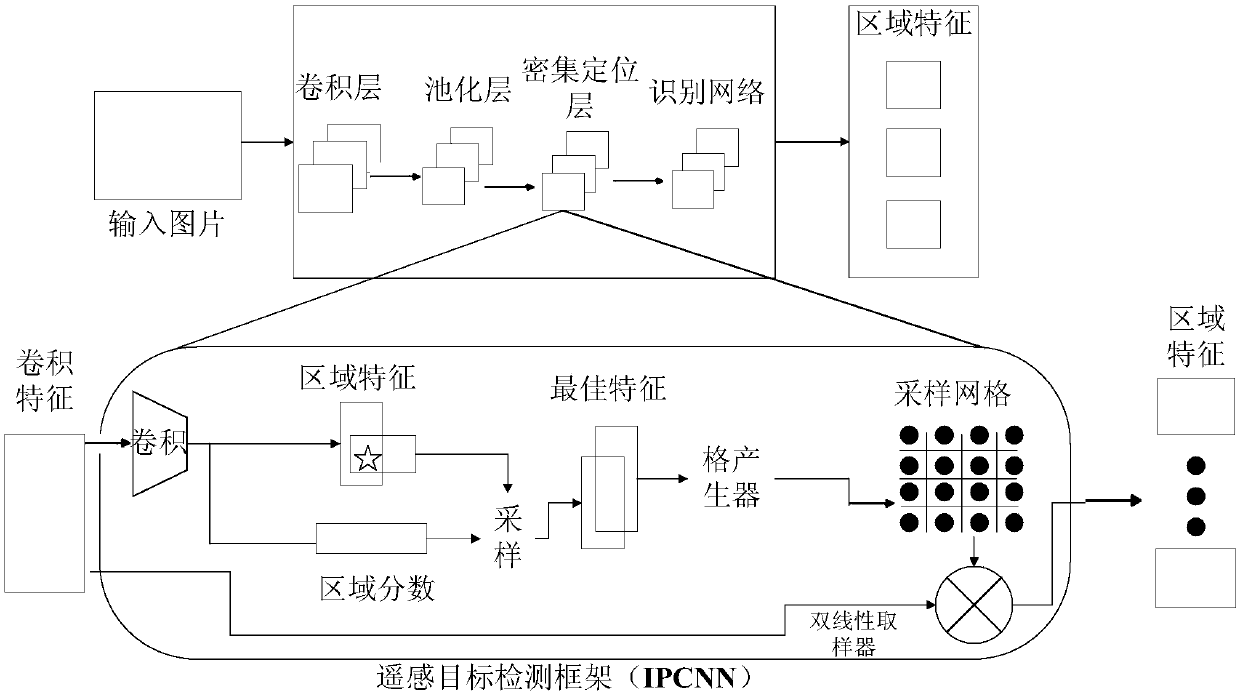Remote sensing image natural language generation method based on attention mechanism and deep learning
A remote sensing image and natural language technology, applied in computer parts, character and pattern recognition, biological neural network models, etc., can solve the problems of ignoring background information, target feature information, large pixels of remote sensing images, and language limitations, etc. The effect of speeding up computation time, eliminating interference patterns, and network training
- Summary
- Abstract
- Description
- Claims
- Application Information
AI Technical Summary
Problems solved by technology
Method used
Image
Examples
Embodiment Construction
[0026] Step 1. Preprocessing remote sensing images and corresponding natural language descriptions.
[0027] (1) To denoise the remote sensing image, because the periodic noise is generally superimposed on the original image and become a periodic interference pattern with different amplitudes, frequencies, and phases. Eliminate it with slot filter. For the elimination of spike noise, especially those not parallel to the scanning direction, Fourier transform is used for filtering to eliminate them.
[0028] (2) Slice the natural language description, and build the characters into a dictionary for subsequent calls.
[0029] Step 2, using the denoised remote sensing images to train the IPCNN.
[0030] (1) Model structure
[0031] Such as figure 2 , the main body of the model uses the VGG-16 structure. It consists of 13 3×3 convolutional layers and 5 embedded 2×2 max pooling layers (maxpooling). This model removes the last pooling layer and adds a dense localization layer. Af...
PUM
 Login to View More
Login to View More Abstract
Description
Claims
Application Information
 Login to View More
Login to View More - R&D
- Intellectual Property
- Life Sciences
- Materials
- Tech Scout
- Unparalleled Data Quality
- Higher Quality Content
- 60% Fewer Hallucinations
Browse by: Latest US Patents, China's latest patents, Technical Efficacy Thesaurus, Application Domain, Technology Topic, Popular Technical Reports.
© 2025 PatSnap. All rights reserved.Legal|Privacy policy|Modern Slavery Act Transparency Statement|Sitemap|About US| Contact US: help@patsnap.com



